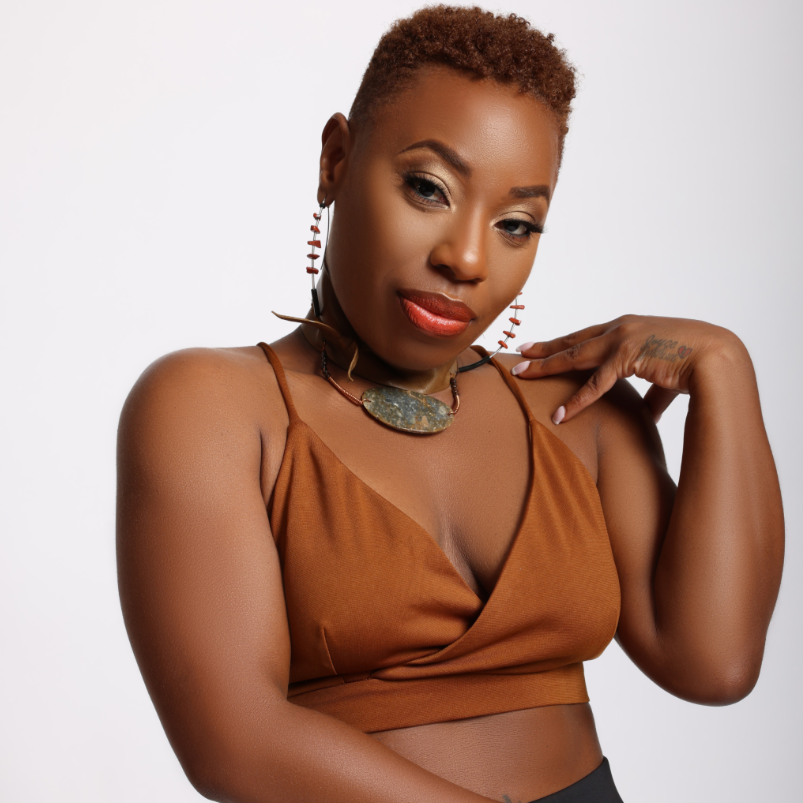The Boycott of African Braid Shops: A Community Divided
- Angela Walker

- Jul 31
- 4 min read
By: Angela Walker

A TikTok video posted in July 2025 by a creator known as “Shea” has ignited intense conversation—and controversy—within the Black hair care community. The video, which now has over a million views, calls for a boycott of African-owned braid shops starting August 1, 2025. It cites widespread frustration with poor customer service, communication barriers, and a perceived lack of respect from some African braiders toward Black American clients.
While many are supporting the boycott as a stand for better service and mutual respect, others argue the movement is divisive, misdirected, and threatens to undermine the very industry it seeks to improve.
The Case for the Boycott
Supporters of the boycott say it’s about demanding better treatment, not attacking African immigrants or businesses. Many clients have shared experiences of:
Feeling dismissed or talked down to during appointments
A lack of consultation or transparency around pricing
Rushed or painful braid techniques
Limited communication due to language or cultural differences
Claims of traction alopecia caused by overly tight braiding styles
Instances of being told not to speak up or voice discomfort during services
For these individuals, the boycott is not about xenophobia—it’s about holding businesses accountable in the same way any other service provider would be. In their view, Black consumers are simply using their economic power to insist on respect.

The Backlash and Concerns
But the boycott has been met with significant criticism as well. Many in the community—especially salon owners, braiders, and cultural commentators—are calling it harmful, short-sighted, and deeply divisive.
Critics raise several points:
It reinforces a false divide between African immigrants and Black Americans, creating unnecessary tension within a community that is already vulnerable to systemic economic inequality.
It targets small businesses, many of which are owned and operated by Black women, and are essential to the cultural and economic fabric of neighborhoods.
It lacks practicality—in many cities across the U.S., African braiders make up the vast majority of professionals offering braiding services. A full boycott in a month like August (one of the busiest months for braiding due to back-to-school appointments) would place enormous pressure on the already limited number of non-African braiders.

A Bigger Issue for our industry: The Demand-Supply Gap
One major counterpoint to the boycott is this: there simply aren’t enough non-African braiders to meet the current demand. Especially in high-volume months like August, African-owned braid shops handle the bulk of appointments for children, students, and professionals preparing for fall. To remove them from the equation—if even temporarily—would leave a massive service gap and create bottlenecks for the entire industry.
My Personal Thoughts
While conversations about customer service and cultural respect are valid and necessary, this approach may inadvertently harm an industry that is already under-supported and under-regulated. Instead of boycotts, we need bridge-building, training, dialogue, and standards—not division.
As a community, we have been mistreated and used for years by our Asian brothers and sisters when it comes to beauty supply stores and hair extensions—yet no widespread boycott has been called. We must be practical, and not seek to tear down sacred craftsmanship under any circumstances.
If the goal is to improve the customer experience, then the path forward must include support—not sabotage. Find our African braider sisters classes and groups dedicated to uplifting salon businesses, helping them to better what they are doing. But to pull the rug from under them, to affect their livelihood and that of their children, is diabolical, uncalled for, and wholly inappropriate.

The solution lies not in canceling our own, but in collaborative growth, and high standards rooted in unity—not division.
Here are 3 Organizations that the African Braider Community can look into to enhance their services and better serve those of us who are huge fans of their art:
INHSEA is dedicated to protecting, elevating, and unifying the natural hair industry by upholding the highest standards through education, certification, and advocacy rooted in tradition, innovation, and expertise. By fostering real connections and affirming the beauty and significance of Afro-textured and loc’d hair, we create a legacy of excellence, integrity, and collective empowerment that secures the industry's future.
Psychohairapy uses hair as an entry point to mental health. Helps hair professionals become powerful, culturally-aware mental health supporters—right from the chair—through a self-paced certification, live workshops, coaching, and research centered on Black hair spaces as sites of healing and history.
S.T.R.A.N.D. connects stylists with dermatologists to work hand in hand, leading to better results for their shared clients. was created following the success of our founder’s dermatologic salon, Peterkindred, where Susan Peterkin-Bishop and Dr. Kindred worked together to treat hair loss clients and saw significant improvements through early detection, accurate diagnosis, and proper salon techniques. Their successful collaboration inspired them to bridge the gap between dermatologists and hair care professionals specializing in hair loss.
The Gist: A viral TikTok video calling for a boycott of African-owned braid shops has sparked heated debate in the Black hair community, citing concerns about poor customer service, communication gaps, and client mistreatment. While some view the boycott as a demand for accountability, others argue it's divisive, impractical, and unfairly targets essential Black-owned businesses. The article urges a more constructive path forward—through training, dialogue, and unity—rather than tearing down a vital part of the textured hair industry.







Comments